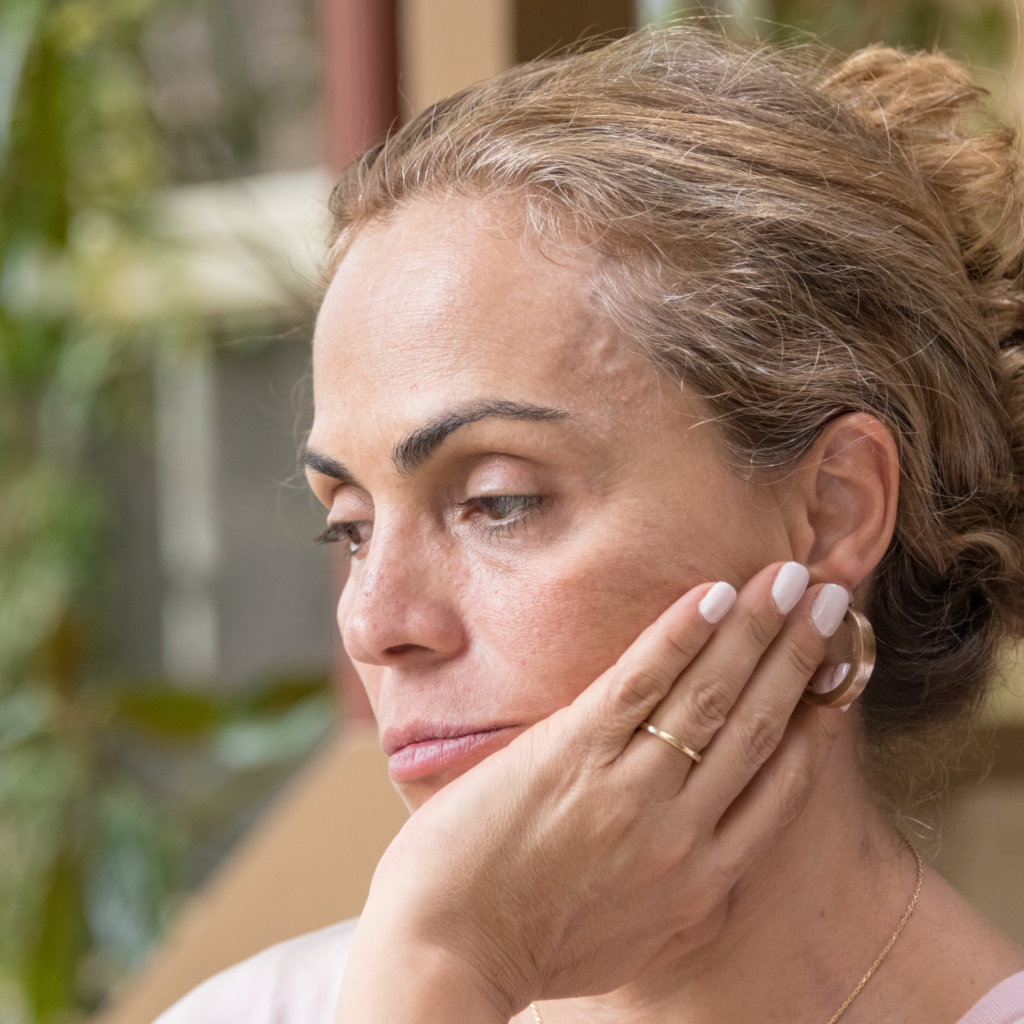
When women in the perimenopausal, menopausal, or the post-menopausal years speak on the harrowing symptoms that accompany menopause, the least is said about the quasi-popular vaginal atrophy or the fact that it can be reversed. Awareness of symptoms other than vasomotor symptom (hot flashes), or mood changes must be encouraged.
Here’s what you need to know. You can reverse symptoms of vaginal atrophy. And while not every treatment option will work for every woman, scientifically proven options do exist that can reduce symptom severity and help you find relief.
What is Vaginal Atrophy?
As you learned in previous articles, estrogen’s function includes but are not limited to optimal function and lubrication of the vagina. During menopause, the drop in estrogen production causes vaginal atrophy – the thinning, drying and inflammation of the vaginal walls.
In the US, 40% – 57% post-menopausal women, suffer from vaginal atrophy symptoms. Unlike postmenopausal hot flashes, symptoms of vaginal atrophy may occur 2-4 years after menopause begins. Due to its stealthy nature, many women do not accredit the symptoms they experience to vulvovaginal atrophy. Additionally, women are embarrassed to discuss carnal complaints with healthcare professionals.
It is not surprising that only 25% of women are receiving appropriate treatment for vaginal atrophy.
Your age and lifestyle determine to what extent you will develop vaginal atrophy. Some women experience only vaginal dryness while others may only develop dyspareunia, or pain during intercourse. Other common symptoms of vaginal atrophy include itching, urinary incontinence, burning, spotting, vaginal discharge, an urgency to urinate, and in some women, painful urination (dysuria).
Vaginal atrophy also goes by a different name: genitourinary syndrome of menopause (GSM). A mouthful to say, a GSM diagnosis includes symptoms related to the urinary tract as well as the vagina. Both the vagina and urinary tract have a high number of estrogen receptors. This means many menopausal and post-menopausal women experience both vaginal and urinary symptoms at the same time.
Can Vaginal Atrophy Be Reversed?
The negative impact of vaginal atrophy on day-to-day life cannot be understated. And for many reasons, women are hesitant to bring up some of its more sensitive symptoms, whether due to embarrassment or lack of awareness.
All women will experience the natural and expected decline in estrogen upon entering menopause, but nonetheless, vaginal atrophy can be reversed with treatment. It’s time to stop letting these symptoms disrupt our wellbeing and life after menopause.
The earlier you begin treatment for vaginal atrophy, regardless of the severity of your symptoms, the better. Some women even seek preventative treatment to offset the occurrence of vaginal atrophy and its more unpleasant side effects.
If you find yourself looking for treatment options, here are some to consider:
Hormone Replacement Therapy
Replacing depleted estrogen levels is the most effective and most prescribed treatment to reverse vaginal atrophy. The two types of hormone therapy for vaginal atrophy are systemic and topical.
Systemic estrogen therapy comes in the form of a tablet, patch, or vaginal ring and sends estrogen directly into your bloodstream. Women with other post-menopausal symptoms (like genitourinary syndrome) often find the most relief with systemic hormone therapy.
While it’s the most efficient and direct way to receive extra estrogen, it does carry some risks. Systemic hormone therapy may not be the best choice for you if you are at risk for breast cancer or certain heart conditions.
Topical estrogen therapy is an option for women who only have vaginal symptoms. Creams, patches, and gels are common delivery methods for local estrogen and allow your body to absorb the hormone in lower amounts. However, you should be mindful of the ingredients in these topical formulations.
Both systemic and topical hormone replacement therapy can help restore your vaginal lining and reduce vaginal dryness and discomfort.
Vaginal Moisturizers and Lubricants
Lubricants and moisturizers are over-the-counter treatment options for vaginal atrophy. Neither reverses the condition, but both provide relief of symptoms. Using a personal lubricant during sex and a vaginal moisturizer on a regular basis may drastically reduce vaginal atrophy symptoms. Additionally, if you are seeking vaginal atrophy natural treatment, look out for options that contain hyaluronic acid like the Mia Vita Personal Lubricant and Moisturizer. Hyaluronic acid contains hydrating properties is found throughout your body. Vaginal moisturizer is also a good alternative if hormonal therapy isn’t right for you.
Not sure about using a vaginal moisturizer? Take our quiz to determine whether you could benefit.
Laser Therapy
A relatively new option that seeks to reverse vaginal atrophy is laser therapy. Laser therapy encourages collagen production which helps thicken thinning vaginal tissue. As part of a study, women who received laser therapy reported improved vaginal function and health and a reduction in symptoms. While we still need more long-term studies, laser therapy is a promising treatment option.
It’s also important to note that you’ll need to continue the prevention methods of your choice, otherwise vaginal atrophy will progress. This is why it’s important to talk to your doctor about your symptoms and what may be the best option for you. Every woman is different and deserves an individual treatment plan to find relief.
Reproductive and sexual health is not a ‘nice to have’ during perimenopause, menopause, and post-menopause but a key element to your overall health and wellbeing. Reversing symptoms is possible, which is why it’s vital to speak up and ask for help as soon as you notice symptoms.